Testicular cancer: What it is, diagnosis and treatment
Testicular cancer is a comparatively uncommon malignancy that affects the male reproductive glands (testes/balls), which secrete testosterone and sperm. Testicular cancer is the most common cancer of young men aged 15 to 35, although it is relatively rare.

The good news is that testicular cancer is one of the most treatable cancers, particularly when caught early. Testicular cancer treatment and research have come a long way, with increased survival rates in most cases.
Testicular cancer diagnosis and treatment:
How is testicular cancer diagnosed?
Testicular cancer is a cancer that originates in one of two types of testicular cells: germ cells and stromal cells.
Germ Cell Tumors**: The overwhelming majority (around 95%) of testicular cancers are germ cell tumors. These tumors arise from the cells that make sperm and fall into two major types: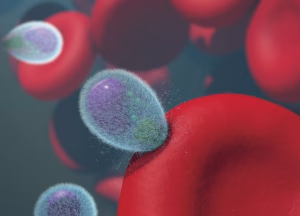
Seminomas**: Seminomas are the most common type of germ cell tumor. They usually grow very slowly and are quite sensitive to radiation therapy, which makes them easier to treat. Seminomas like to present at ages 25–45 in male patients.
Non-seminomas**: Non-seminomas are more aggressive than seminomas and usually occur in men between ages 15 and 35 (semions are more common, in contrast, in men over age 35) The tumors may consist of one or more different types of cancerous cells, including embryonal carcinoma, teratoma, yolk sac carcinoma, and choriocarcinoma. Non-seminomas might spread more aggressively than seminomas, but they’re also sensitive to chemotherapy and can be treated very effectively.
Stromal Cell Tumors These tumors develop in the supportive tissue of the testicles that makes hormones such as testosterone. Stromal cell tumors are much rarer than germ cell tumors and usually affect older men. These tumors can be benign or malignant, but malignant stromal tumors are uncommon.
THE DIAGNOSIS OF TESTICULAR CANCER
When testicular cancer is suspected, the physician will generally conduct a physical examination and inquire about the patient’s symptoms and medical history. If a lump or abnormality is felt in the testicle, additional testing will be performed to confirm the diagnosis.
Ultrasound**: A scrotal ultrasound is the most often employed imaging test to evaluate the testicles. It can clarify solid tumors (which may be cancerous) from fluid-filled cysts (which tend to be benign).
Blood Tests**: Blood tests are typically used to measure tumor markers, substances produced by testicular cancer cells.
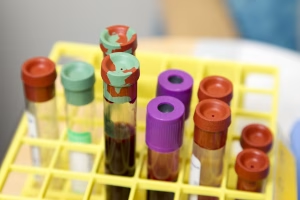
Tumor markers are substances that may be present in the blood in higher levels in people with specific types of cancers, and the following tests are used to check for testicular cancer: Alpha-fetoprotein (AFP), human chorionic gonadotropin (HCG), and lactate dehydrogenase (LDH)
Biopsy**—In certain cases, it may be required to conduct a biopsy of the testicular tissue in order to confirm the diagnosis. Testicular cancer is usually diagnosed with imaging and blood tests rather than through a biopsy, and a biopsy is not always necessary unless the diagnostic picture is unclear.
How Is Testicular Cancer Treated?
Testicular cancer is very treatable, and the plan for treatment will depend on the type, stage, and location of the tumor and the overall health of the patient. What are the main treatment options?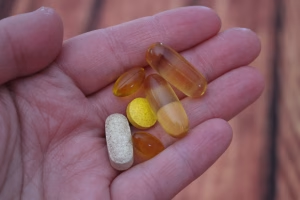
Surgery**: The most common treatment for testicular cancer involves removing the affected testicle in a procedure known as orchiectomy.
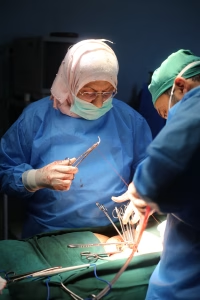
This is usually done through an incision in the groin. If cancer is found in both testicles or has spread, additional surgeries may be required.
Chemotherapy: Testicular cancer that has spread to other parts of the body may be treated with chemotherapy, and adjuvant chemotherapy may be administered after surgery to reduce the possibility that the disease will return. Chemotherapy drugs are administered through the blood vessels so they can wrinkle up cancer cells.
Radiation Therapy** — Radiation therapy is occasionally used for seminomas, which are very sensitive to radiation. It is used most often after surgery to help kill any lingering tumor cells, particularly if the cancer has spread to surrounding lymph nodes.
Surveillance: Once treatment is completed, careful follow-up care is important to detect any signs of recurrence. That usually means regular physical examinations, blood tests to check tumor markers, and imaging tests.
Outlook and Survival Statistics
Testicular cancer is highly treatable, particularly when detected at an early stage. The five-year survival rates for testicular cancer are in the range of 95 percent, and even higher for seminomas, which are notably responsive to treatment. If the cancer is spread further away parts of the body, then the survival rate is a little lower, but even then treatments such as chemotherapy can cure the disease.
The prognosis is very much linked to early diagnosis, so men are advised to carry out monthly self-examinations of their testicles to detect any changes. An early visit to the doctor if a lump or strange change is noticed means an early diagnosis and a good chance of treatment.
Conclusion: Testicular cancer diagnosis and treatment
Although uncommon, testicular cancer remains an important health concern for men, and particularly young men in their teenage years and twenties. When detected early, most cases are very treatable, and survival rates are high. By teaching men how to recognize the risk factors and symptoms of testicular cancer and by spreading awareness of self-exams, early detection of the disease and timely medical care can be achieved. Testicular cancer still ranks among the most treatable forms of cancer, thanks to developments in medical research and treatment.
What are the symptoms of breast cancer? Advanced Symptoms & Systemic Symptoms
What are the proton therapies for cancer?
What are the stages of Cancer? AJCC
Early Signs and Symptoms of Lung Cancer! Early Detection Matters
What are the side effects of Chemotherapy? Emotional And Psychological Effects
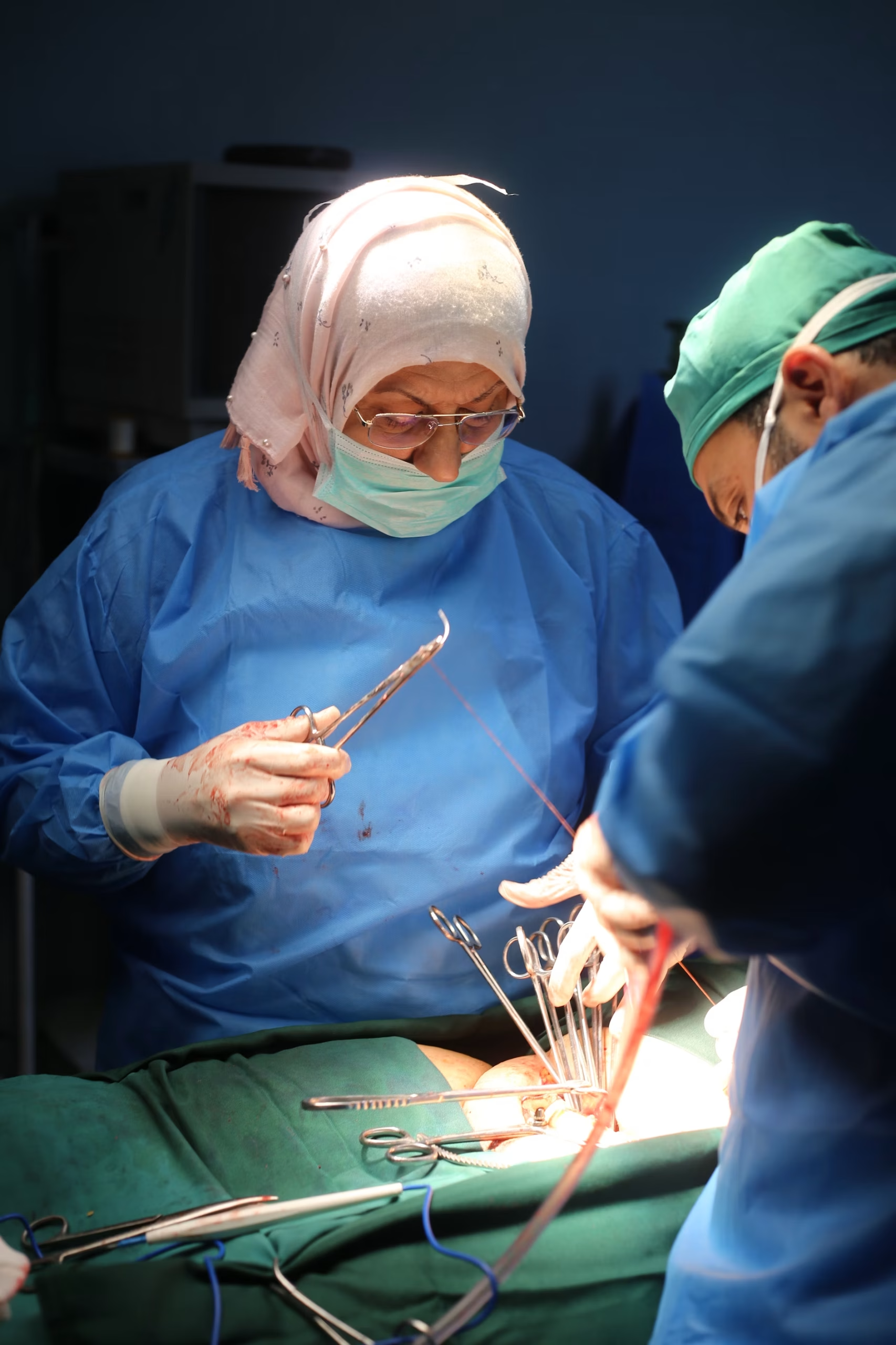



Leave a Reply